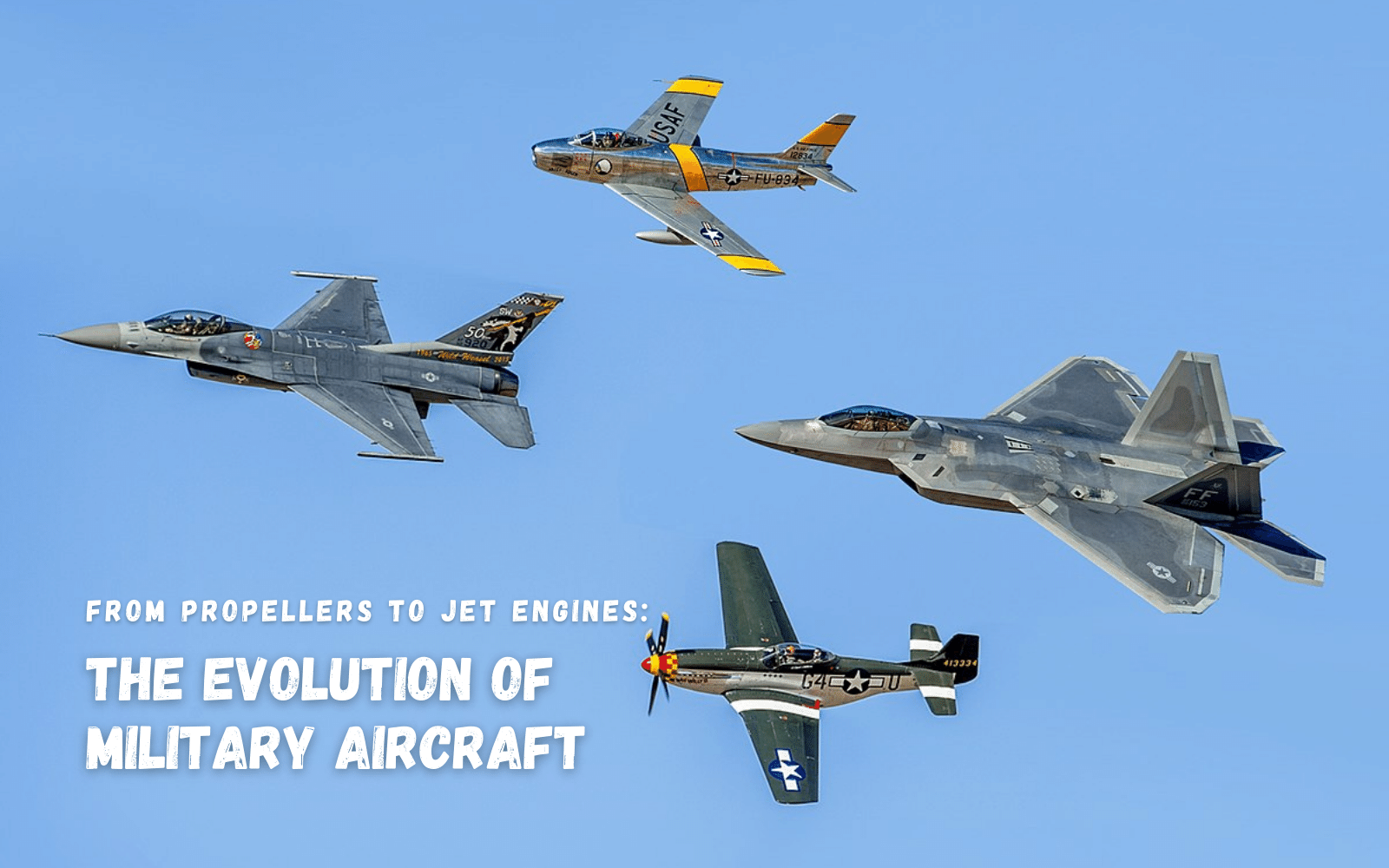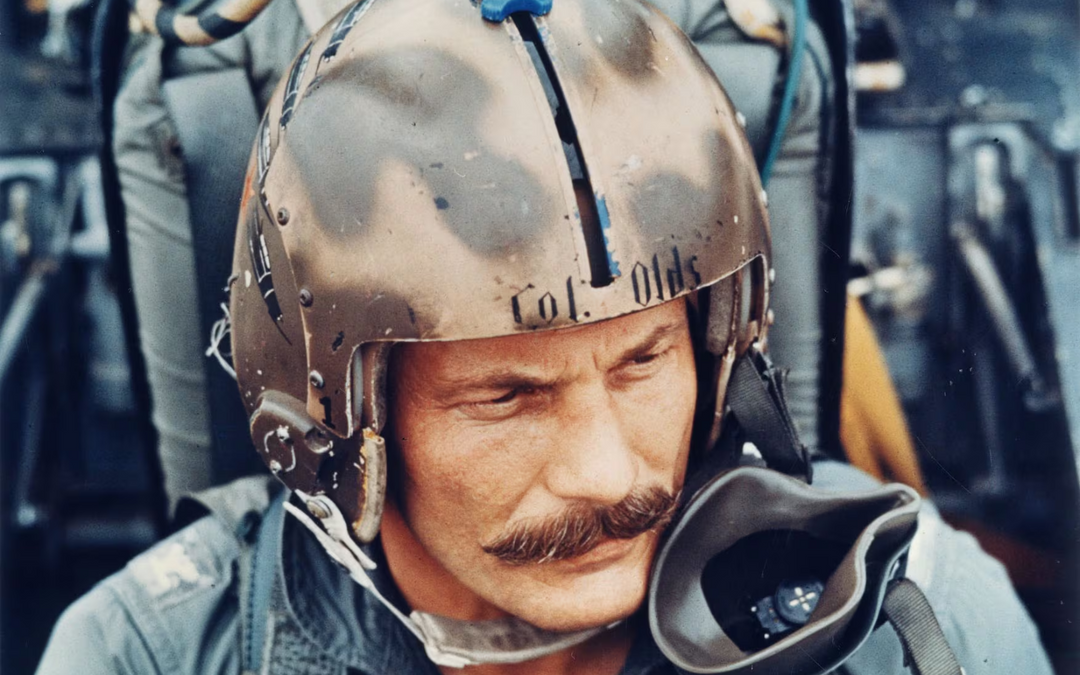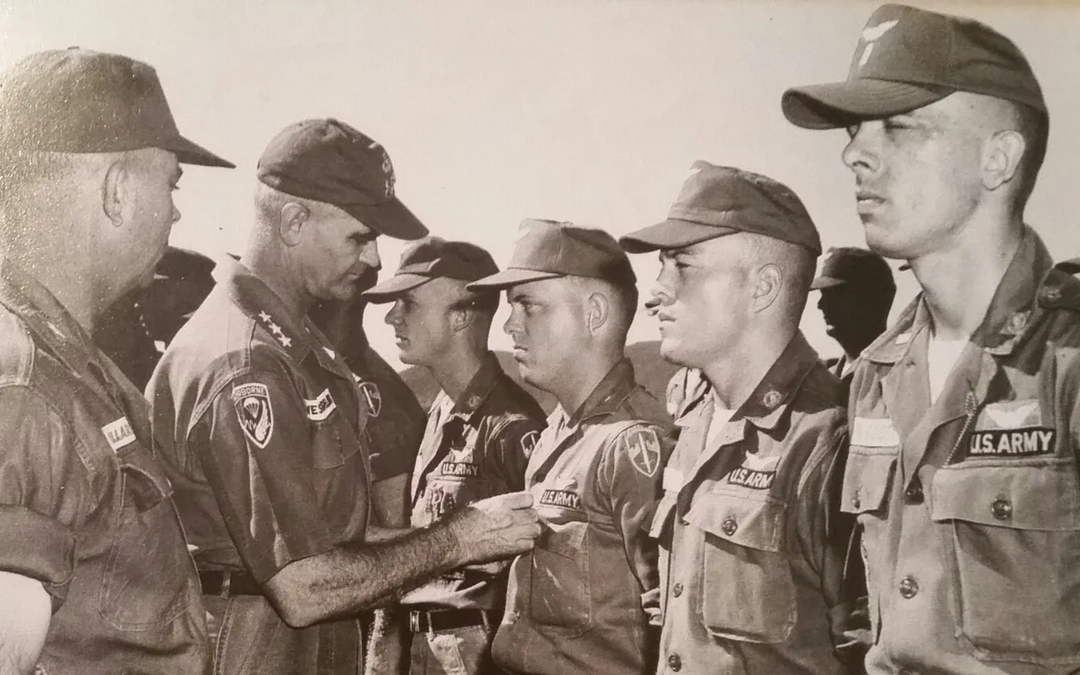The Evolution of Military Aircraft: From Propellers to Jet Engines

The Dawn of Military Aviation
The journey of military aircraft began in the early 20th century, with the inception of propeller-driven planes. These aircraft, although rudimentary by today's standards, marked the first step towards integrating aerial capabilities into military strategy. The use of balloons and gliders in previous conflicts had laid the groundwork, but it was the development of the propeller and internal combustion engine that truly heralded the birth of military aviation.
World War I: The First Air Combat
World War I saw the first extensive use of aircraft in combat. Initially used for reconnaissance, the potential for armed conflict in the skies quickly became apparent. The introduction of machine guns and the development of air-to-air and ground-to-air combat tactics transformed the aircraft into a critical component of warfare. This period witnessed the emergence of the fighter ace, pilots who became legends for their aerial prowess.
Between the Wars: Innovation and Expansion
The interwar period was marked by significant advancements in aviation technology and theory. Countries invested heavily in developing faster, more maneuverable aircraft, leading to the rise of the monoplane and the decline of the biplane. This era also saw the conceptualization of strategic bombing, the idea that air power could be used to strike deep into enemy territory, targeting infrastructure and civilian morale.
World War II: The Age of the Propeller Peaks
World War II represented the pinnacle of propeller-driven aircraft's role in combat. Fighters and bombers became more sophisticated, with improvements in range, payload, and defensive capabilities. Iconic aircraft such as the Spitfire, the Mustang, and the B-17 bomber dominated the skies. However, even as propeller aircraft reached their zenith, the seeds of a new era were being sown.
The Jet Age Begins
The development of the jet engine during World War II transformed military aviation. The first operational jet fighters, such as the German Me 262, offered a glimpse into the future of aerial combat. Jet engines provided unprecedented speed and altitude capabilities, opening new tactical and strategic possibilities for air forces around the world.
The Cold War and Beyond: Jet Technology Matures
The Cold War era witnessed rapid advancements in jet technology, driven by the arms race between the United States and the Soviet Union. Fighters and bombers became faster, more agile, and capable of delivering nuclear payloads. The era also saw the introduction of air-to-air missiles, further expanding the capabilities of jet-powered aircraft.
Modern Warfare: Multirole Jets and Beyond
Today, military aviation is dominated by multirole jet aircraft, capable of performing a wide range of missions from air superiority to ground attack. Stealth technology, advanced avionics, and networked warfare have further enhanced the effectiveness of these aircraft. As we look to the future, unmanned aerial vehicles (UAVs) and hypersonic aircraft are set to redefine the boundaries of military aviation.
Conclusion
The evolution of military aircraft from propellers to jet engines is a testament to human ingenuity and the relentless pursuit of advancement in military technology. This journey has not only transformed the nature of aerial combat but has also had a profound impact on global security and the conduct of warfare. As we look forward, the continued innovation in military aviation promises to further shape the strategic landscape in the years to come.







Leave a comment